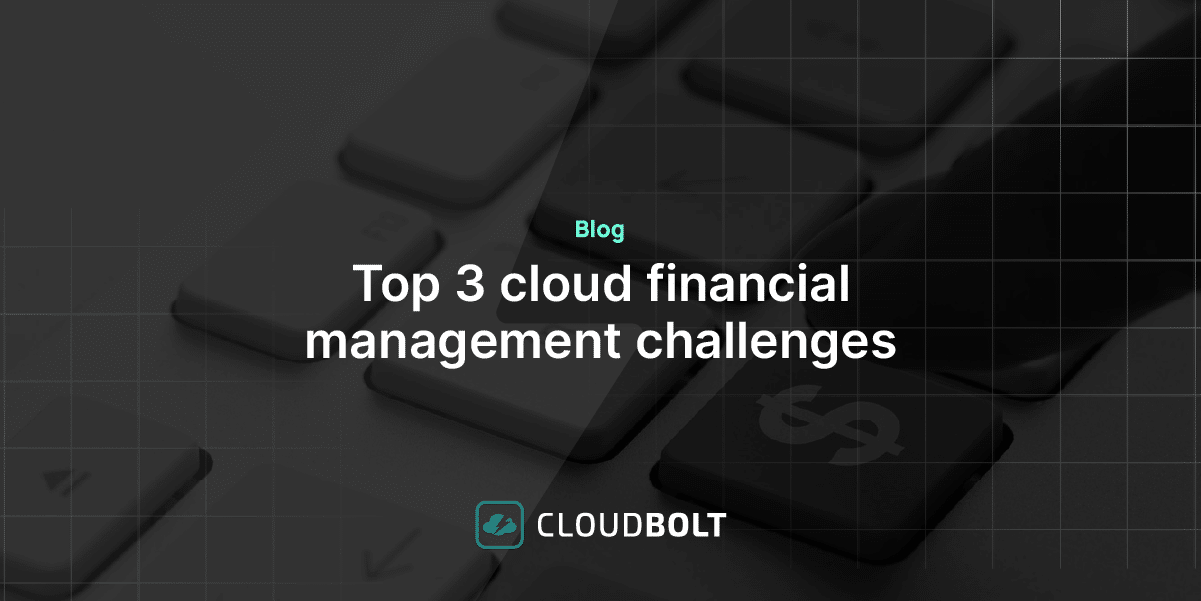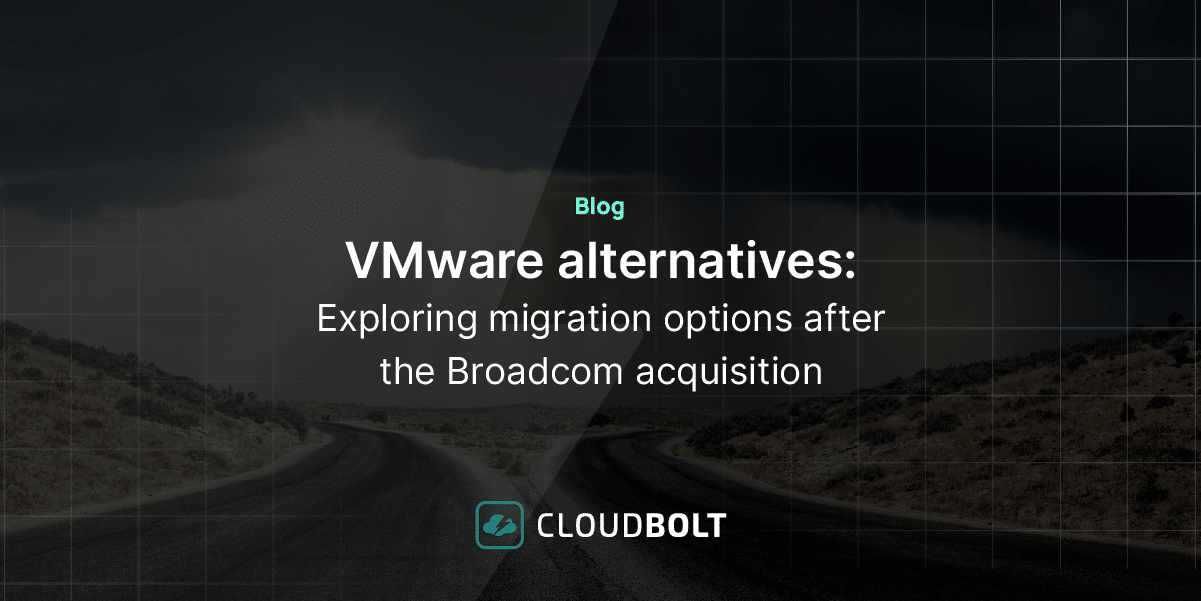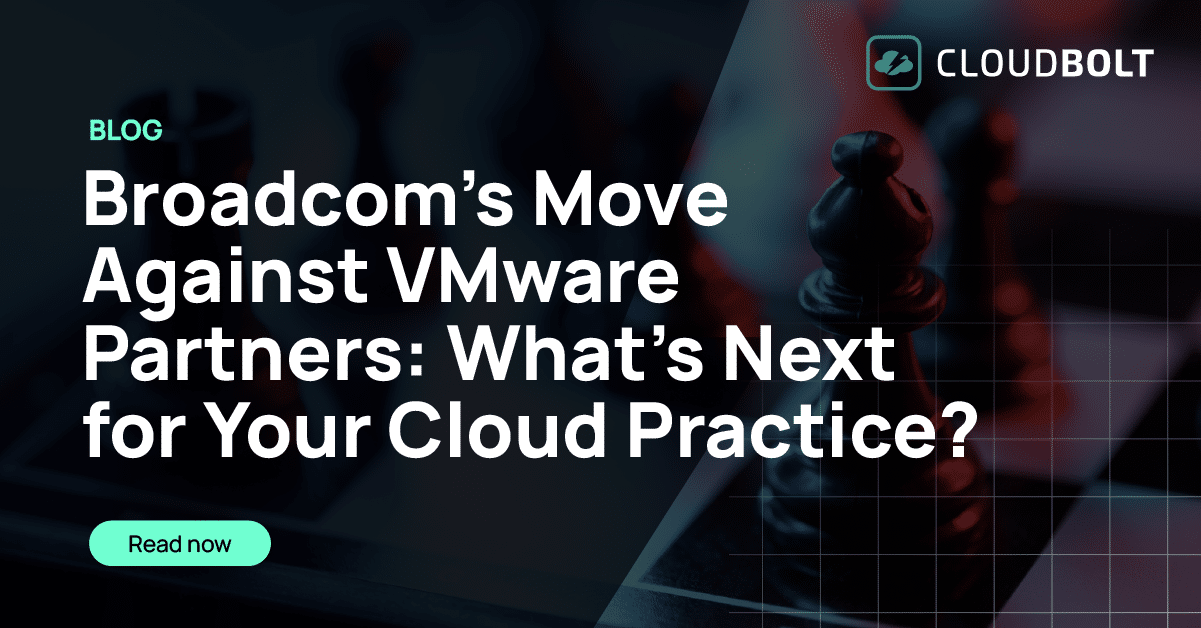
The evolution of the wheel has changed human society forever. As a result, we now need less time to travel. With the reduction of manual effort, we can focus on other essential activities. As innovation continued and more machines were invented, the need for management increased over time.
Machines have been given tasks that were unsafe, repetitive and non-strategic while humans focused on strategic tasks. The need for data and analytics increased to better manage the machines. We invented servers, storage systems, and other hardware to increase the speed, reduce manual errors as we continued our analysis.
However, with these advancements, the need for more manual management increased too. Manual processes in the data center were laborious, time-consuming and also error-prone. People used to manually fill up forms and take the approval of their managers, walk to every admin to show the list of resources they needed and then they were told that they will have to wait for days/weeks before they can get anything. This has continued for decades. Speed to market was affected and things got chaotic as the organizations grew rapidly. Plus, it was not self-sustaining as the IT admins could not get to the more important initiatives.
Public clouds such as Amazon Web Services, Microsoft Azure, Google Cloud Platform can alleviate a lot of the pain in this regard. However, hardware management problems still remain especially for the sensitive data in your data centers even though they are reduced. Enter Infrastructure as a Code (IaC)! Before we understand its benefits and challenges, let’s define what IaC means.
What is Infrastructure as Code?
IaC is the process of managing and provisioning computer data centers through machine-readable definition files, rather than physical hardware configuration or interactive configuration tools. This is a Wikipedia-based definition.
In simple words, IaC is the process of replacing manual effort required for IT resource management and provisioning by simple lines of code.
Now, there are two types of IaC methods: declarative and imperative. In the declarative approach, you declare what the desired end state should be and the system ensures that you get the desired outcome. The imperative approach entails you defining each and every step in the process explicitly to reach the desired end state.
What are the Benefits of IaC?
Let’s take a closer look at what IaC gets your organization:
- Faster speed and consistency: The goal of IaC is to make things faster by eliminating manual processes and eliminating the slack in the process. A code-based approach makes it easier to get more done in less time. No need to wait on the IT Admin to manually complete the task at hand before he can get to the next one. This also means that you can iterate quickly and more often. Consistency is another vital benefit of IaC. You do not need to worry about tasks not being completed because it is a weekend or because your admin is focused on something else. Also, you can implement changes globally while keeping the same version of the software, etc.
- Efficient software development lifecycle: IaC shifts the power into the developer’s hands. As the infrastructure provisioning becomes more reliable and consistent, developers can start focusing on application development more. Also, they can script once and use that code multiple times, thus, saving time and effort while keeping complete control.
- Reduced management overhead: In a data center world there was a need to have admins to govern and manage storage, networking, compute and other layers of hardware and middleware. IaC eliminates a need for these multiple roles. Those admins can now focus on identifying the next exciting technology they want to implement.
What are the key challenges for IaC?
Every coin has two sides. While IaC adds a lot of value to the IT environment, there are some challenges that cannot be overlooked. Remember to account for your unique IT situations that might make the following more or less relevant (like organization size, state, and your technology adoption lifecycle).
- Coding language dependency: As I said earlier the power shifts to developers more. Similarly, since IaC is more code dependent you need to be an expert at coding. The learning curve for this can be steeper if you do not have a developer bench ready. Some of the languages used for IaC are JSON, HashiCorp Configuration Languages (HCL), YAML, Ruby, etc. The shortage of these skill sets can hamper your IaC usage potential. Also, is your strategy to move away from development and make things serverless? Think of the strategic direction in which you are heading before you jump into IaC. Maybe, IaC is a pit stop that you can avoid taking if your end goal is different.
- Security assessment processes: Your legacy security tools and processes might not be enough in the new world of IaC. You might have to manually check if the provisioned resources are operational and being used by the right applications. Although manual checking is a confidence-building step, it might take a lot of iterations to get your legacy security tools tuned to IaC. Also, consider that IaC is more dynamic than your existing provisioning and management processes. It can be used optimally or abused even faster. Therefore, you might need to take extra steps to ensure you’re establishing guardrails for complete governance.
- IaC monitoring can be challenging: In continuation of the point above, you might need additional tools to track who is provisioning what, where, how often and what is the cost of that. You might find it challenging to track the usage/capacity by your old monitoring tools such as worksheets. Moreover, if you are a global company you might need to think of better monitoring tools.
CloudBolt can help with your IaC needs. We can help you maintain the desired agility that IaC provides while keeping complete control and visibility.
Schedule a demo now to see CloudBolt’s IaC support in action.
Related Blogs

Top 3 cloud financial management challenges
Introduction As cloud costs continue to rise, comprising an ever-larger share of IT budgets, there is increasing executive scrutiny on…

